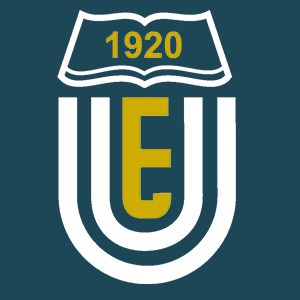Семінар Нобелівського лауреата з хімії Prof. Jean-Pierre Sauvage
Вер. 2, 2022

Запрошуємо здобувачів вищої освіти кафедри хімічної інженерії та екології, що навчаються за спеціальністю Хімічні технології та інженерії і не тільки, скористатися можливістю спілкування і прослухати лекції нобелівського лауреата.
Наступного тижня, 7 і 9 вересня о 16-00, відбудеться дводенний семінар Нобелівського лауреата з хімії Prof. Jean-Pierre Sauvage (University of Strasbourg, France).
Тема семінару: TOPOLOGY AND MOLECULAR MACHINES: TWO INTERLINKED RESEARCH FIELDS
Lecturer: Prof. Jean-Pierre Sauvage (University of Strasbourg, France)
Lecture 1: PMolecular Topology: Catenanes and Knots
Date: September 07
Time: 16:00 − 17:30 (Kyiv)
Lecture 2: Towards Molecular Machines and Motors
Dates: September 09
Time: 16:00 − 17:30 (Kyiv)
Zoom link:
Join Zoom Meeting
https://zoom.us/j/5792236596?pwd=TlVSVzdrTnVrdE9XRXovcUpBMS9zQT09
Meeting ID: 579 223 6596
Passcode: 24022022
Chairman: Prof. Valentyn Chebanov
Lecture abstract:
The area referred to as "Chemical Topology" is mostly concerned with molecules whose molecular graph is non-planar, i.e. which cannot be represented in a plane without crossing points. The most important family of such compounds is that of catenanes. The simplest catenane, a [2]catenane, consists of two interlocking rings. Rotaxanes consist of rings threaded by acyclic fragments (axes). These compounds have always been associated to catenanes although, strictly speaking, their molecular graphs are planar. Knotted rings are more challenging to prepare. Several spectacular knotted topologies at the molecular level have been created since the beginning of the 90s either by our group or by other highly creative research teams.
Since the mid-90s, the field of artificial molecular machines has experienced a spectacular development, in relation to molecular devices at the nanometric level or as mimics of biological motors. In biology, motor proteins are of utmost importance in a large variety of processes essential to life (ATP synthase, a rotary motor, or the myosin-actin complex of striated muscles behaving as a linear motor responsible for contraction or elongation). Many examples published by a large number of highly creative research groups are based on complex rotaxanes or catenanes acting as switchable systems or molecular machines. Particularly significant examples include a "pirouetting catenane", "molecular shuttles" (Stoddart and others) as well as multi-rotaxanes reminiscent of muscles. More recent examples are those of multi-rotaxanes able to behave as compressors and switchable receptors or as molecular pumps. The molecules are set in motion using electrochemical, photonic or chemical signals. Particularly impressive light-driven rotary motors have been created by the team of Ben Feringa.
Finally, potential applications will be mentioned as well as possible future developments of this active area of research.
Contact us: chebanov@gmail.com; info@isc.kh.ua
